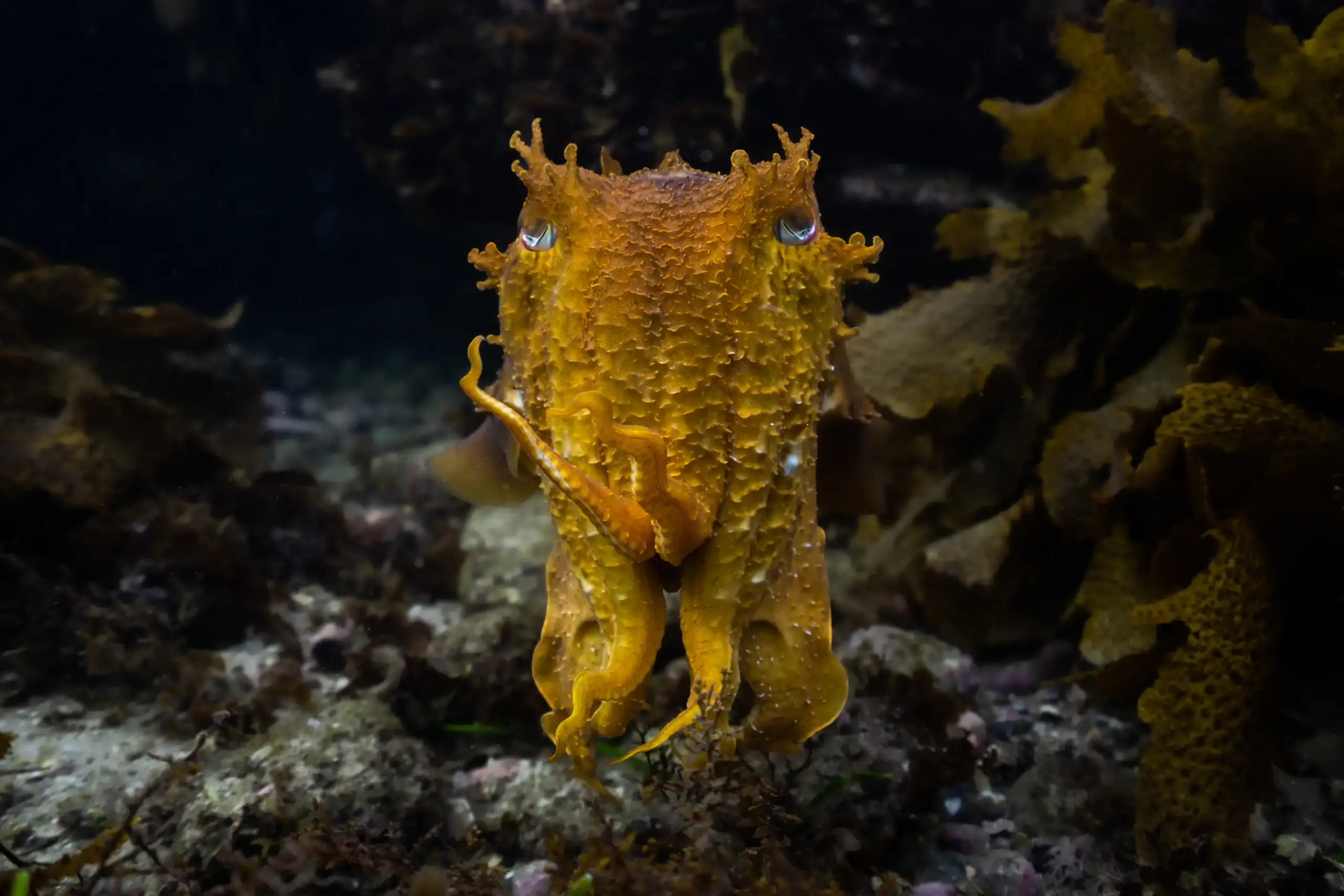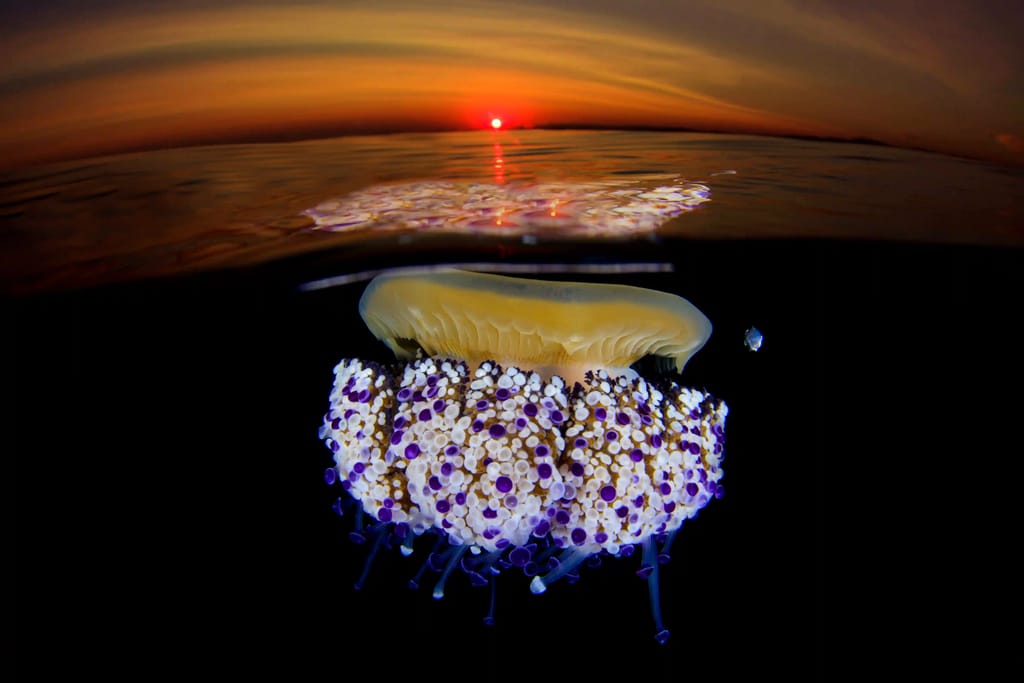Is There a Difference Between Arms and Tentacles?
Spoiler: Octopuses don’t have tentacles

At Ocean Conservancy we love cephalopods AND we love being very specific about … well, everything. So, what better blog to dive into than one on specific terms and information about cephalopod appendages. This blog contains all the information you didn’t know you needed.
Arms, tentacles—the words are often used interchangeably because they are both types of appendages found on cephalopods. But, in reality, they are different, and each has their own unique characteristics and functions.
Get Ocean Updates in Your Inbox
Sign up with your email and never miss an update.
Similarities
As all cephalopods are invertebrates, cephalopod tentacles and arms both lack bones for structure. They are made from muscle fibers (much like your tongue). And, both tentacles and arms on cephalopods can regrow or regenerate. These arms and tentacles have strong suckers that work just like suction cups. While arms have suction cups the entire length of the limb, suction cups on tentacles are found only near the end of the limb.

What is a tentacle?
Tentacles are elongated structures, and they are generally longer than the length of the arms. Animals use their tentacles to catch or snatch prey from farther away through their ability to extend and retract. And typically, tentacles come in pairs.
Tentacles have suction cups only near the end of the limb. The suction cups on some squid species are shaped like sharp hooks to better grasp their prey. This makes them very efficient as underwater predators. The suction cup rings of squids are made of “suckerin” proteins that are similar in strength and structure to the protein found in spider’s silk.
What is an arm?
Arms have suction cups the entire length of the limb and can perform finer, more complex actions compared to tentacles. With eight sucker-lined arms and, in some cases, a pair of tentacles, a cephalopod has a really tight grip. But how a cephalopod maintains that grip differs between squid and octopus.
Squid mainly use their suckers mainly for grabbing food, whereas octopuses have figured out how to use their suckers for a wide variety of activities—including walking and handling objects.

Do the arms have their own brain?
Each of the octopus’s arms has a small cluster of nerve cells that controls movement, so technically octopuses have eight independent mini-brains along with a larger central brain.
Have you heard this joke before? Let’s laugh at it together…
How many tickles does it take to make an octopus laugh?
Ten tickles
And, the octopus laughs because… THEY DON’T HAVE ANY TENTACLES! They have arms.
Tentacles, Arms, Suckers
- Octopuses have eight arms and no tentacles.
- Cuttlefishes have eight arms and two tentacles.
- Squids have eight arms and two tentacles.
- Nautiluses have no arms and around 90 suckerless tentacles.
- Coral have tentacles and no arms.
- Jellyfish have tentacles and no arms.
- Sea anemones have tentacles and no arms.
How can we help octopuses, squid and jellyfish?
There is still so much we can learn about the creatures living in the ocean—which is one of the many reasons that we should continue working together to protect their habitat.
Who knows what we will discover about them next?
We won’t find out if we don’t protect the ocean and the animals that dwell within it.